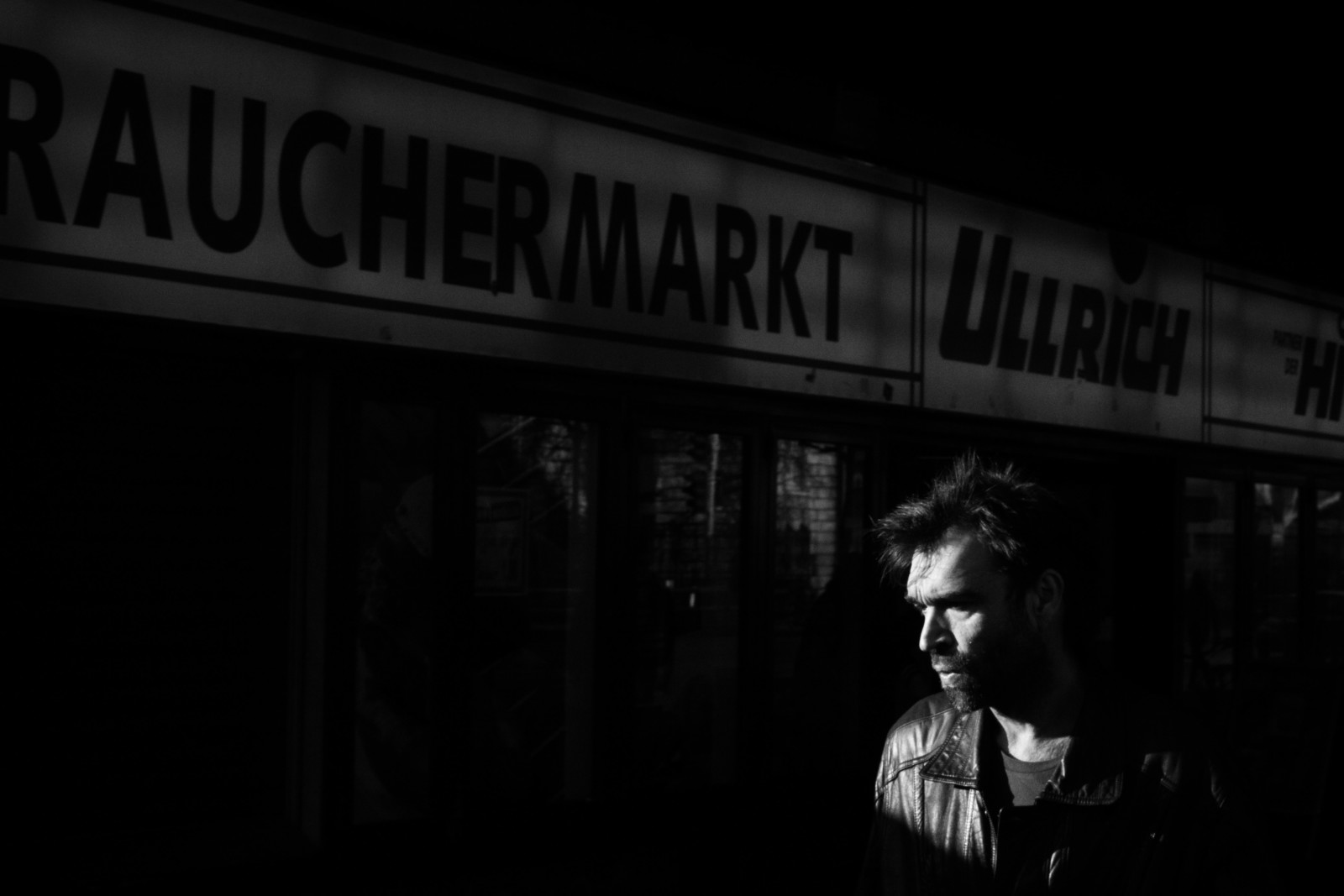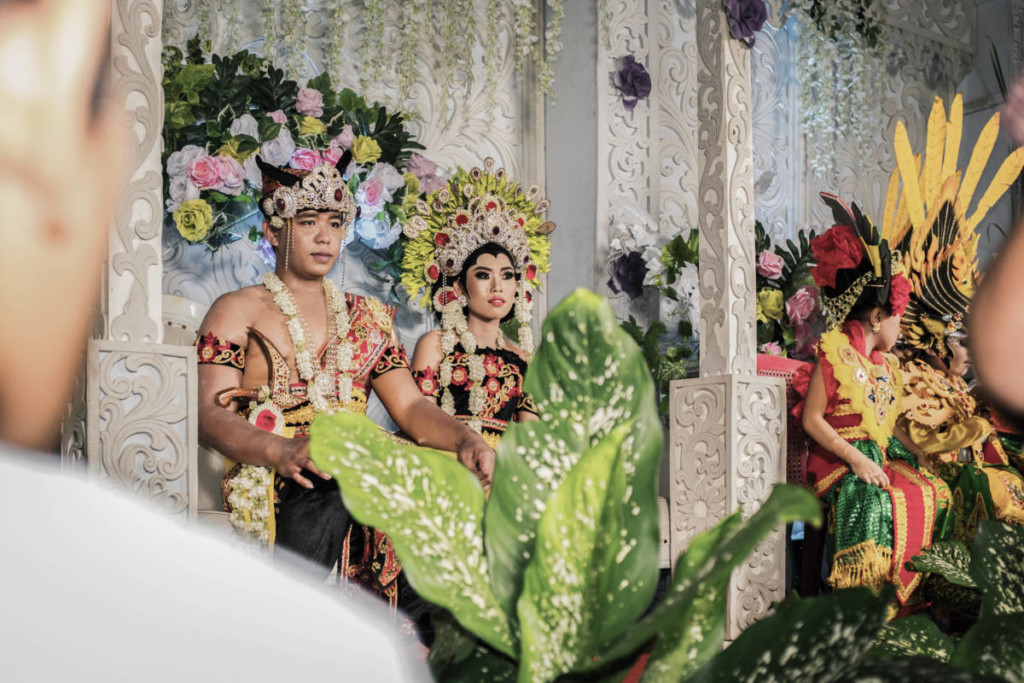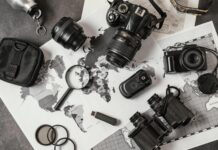I have emphasized the importance of the composition in photography before. Not only the content is important, but also how we display it. The most beautiful scene crumbles when it is shown in an absolutely horrific way. If the composition is not on par with the photograph, it is noticeable, not only to experienced photographers but to everyone.
The composition is like the subconscious level of the photograph. It isn’t fancy and often we have difficulties to express why we like a photograph so much, but often the answer can be found in a perfect photography composition that pleases our sense of aesthetics.
For now, it should be clear that composition is essential for a good photograph and not something that we can ignore.
Composition in Street Photography
Street Photography has not the benefits of a studio setting. We have to act quickly to capture a scene of our interest. This means sometimes that we can’t carefully compose the image and rather than not taking the photo at all, the composition might be a little off.
This is fairly normal and a “perfect” composition is very difficult to achieve, especially when You are working in crowds and busy places. Nonetheless, we shouldn’t forget about the importance of composition at all. We should still, under any circumstances keep in mind and do our best to create not only a photograph that has an interesting story but is also aesthetically exceptional.
I have theorized about Street Photography composition before. Written about leading lines, the rule of thirds, layering and the importance of the background.
Now, instead of explaining these rules again, I want to give 5 practical tips on how You can apply those rules more easily.
No Street Photographer wanders through the street and composes his image from the ground up everytime starting at zero. Most have their own techniques, almost habits that also can become sort of their style.
Those techniques make their life easier when composing a photograph and some of these tips I want to share with You now.
My 5 practical Photography Composition Tips
Walk on the Street Side

A simple tip on how You can capture better backgrounds while walking through the streets is by walking near the street and photographing against the house wall side.
This will reduce the chaos in the background by far and instead of having all the cars and the other street side in the background, You can even search for interesting backdrops.
If you have a shopping street nearby, the windows usually are decorated in a very nice fashion, making more interesting backgrounds by itself.
I would make this the first habit because it makes life a lot easier. Often times You also find Yourself walking against the stream of people because You are walking on the “wrong side”. This is another advantage because You can see a lot of different faces passing by and maybe You are able to find interesting characters this way.
Get Closer

This coined phrase by Robert Capa has been very often cited and the original meaning has been mostly lost. Getting closer in photography can happen in two ways. The obvious one is the physical distance to the subject, while the other aspect is more about emotional contact.
In terms of benefits for the composition of photography, I want to focus on the physical distance.
Similar to the tip with shooting against walls or windows to create a “closed” scene, getting closer also helps to reduce the chaos in the frame.
A lot of compositional aspects are really about leading the focus to the main subject and directing the viewer’s attention. By getting closer You are able to erase distracting objects at the edges of Your frames. Ideally, You should be so close that only relevant details are in the picture that adds to the story.
You can also test Yourself and look back at Your images in Lightroom and see how much the photographs could be cropped without losing essential information. The next time You go out to shoot, get so close, that You don’t need to crop anymore and do it right in-camera.
Shift the Focus Point to the Side
The Rule of Thirds is a very easy employable compositional rule that doesn’t require much effort but can improve the look of a photograph tremendously.
Unfortunately, some photographers are held back by their cameras because they rely on the standard in-center focus point or similar techniques.
To remind You of the Rule of Thirds, You should shift the focus point a little to the side so that You are forced to place the subject off-center.
Even if You use other focus techniques and don’t rely on the focus point if You are able to overlay a Rule of Thirds Grid, You could try that too. A lot of mirrorless cameras allow such modifications within the EVF.
Keep this visual reminder until it is a steady habit of Yours.
Foreground Interest

Photographs are a 2-dimensional plane without any depth. Apart from some technological experiments and gimmicks, we as the Photographers have to create this perception of depth to come closer to a realistic viewing experience.
In photography composition, this technique is called layering, wherein every layer (foreground, middle ground, background) is filled.
Instead of just concentrating on the subject’s layer we need to put in the effort to make the picture interesting all around.
An easy tip to make the photograph more appealing is to put something in the foreground. It doesn’t really matter what it is and is purely for “decorative” purpose, but it does change the depth of a picture very heavily.
In landscape photography, it is often a stone that is somewhere placed on the thirds. In Street Photography it can be pretty much anything.
For this purpose, You can also get so close to the foreground that it is blurred completely and only middle and background are in focus.
Isolate Your Subject
Directing the attention to the subject through photography composition can be done through various means. Through leading lines, placing them near the intersecting thirds, or by geometrical figures.
In any case, the subject should stand out from the background and not disappear into it.
This can be very hard to achieve in a city environment that is filled with objects that destroy our plans to create a clear focus on the subject.
One way You can isolate your subject from the background is by experimenting with more extreme angles. Crouch down low and photograph against the sky. This way You can eliminate most distracting objects or backgrounds and focus solely on the subject.
Moreover, You also have photographs from unique angles that make the picture more interesting in itself.
Final Remarks
Achieving a pleasing composition in Street Photography is very complex, requires a lot of experience and often times a little bit of luck. I understand that we set our priorities in getting the photograph rather than missing the moment because we tried too many different angles searching for the perfect point of view.
Therefore my 5 photography composition tips should help You to improve the composition of your photograph when You feel that You have the time to do so.
On the other hand, Street Photography is a lot of repetition. Whenever You witness some interesting interaction with the environment, there might be a high chance that this moment reoccurs.
Examples are all the puddle pictures or juxtapositions with advertisements in the background.
If You feel that Your photograph is not good enough in Your first attempt, remind Yourself of these 5 tips and prepare for the next shot.
After applying those tips for some time, they will become part of Your natural photography habits. Almost subconsciously Your photographs will improve, without feeling like You needed to put in a lot of hours studying theoretical photography composition.





















